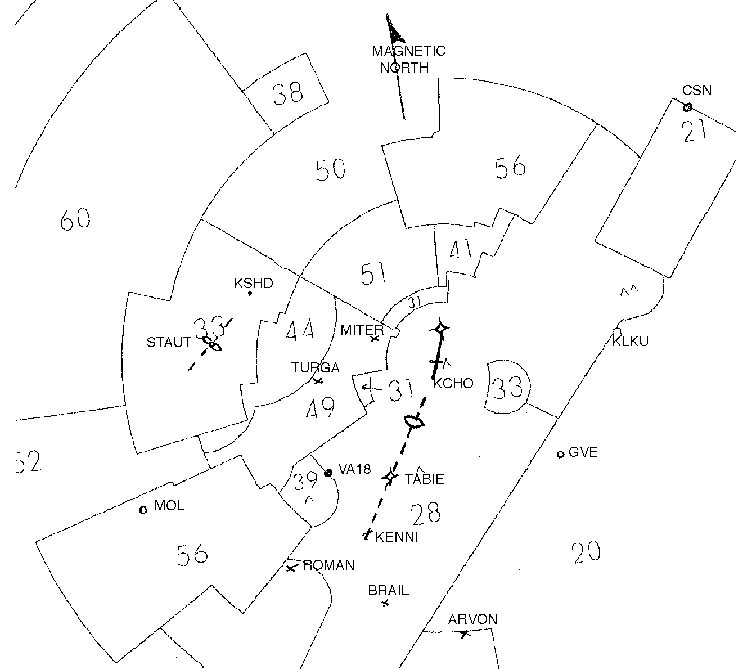A colleague of mine pointed out this quote taken from the bottom of page 4-12 of the FAA Instrument procedures manual, which can be downloaded from
http://www.faa.gov/library/manuals/aviation/instrument_procedures_handbook/media/FAA-H-8261-1A.pdf
"ATC is not always responsible for safe terrain clearance
for the aircraft under its jurisdiction. Many times
ATC will issue en route clearances for pilots to proceed
off airway direct to a point. Pilots who accept this type of clearance also are accepting responsibility for
maintaining safe terrain clearance."
Reading the section, there seems to be no suggestion that this was for uncontrolled airspace.
Question 1. Many times??
Question 2. Is it even legal for ATC allowed to issue such a clearance?
http://www.faa.gov/library/manuals/aviation/instrument_procedures_handbook/media/FAA-H-8261-1A.pdf
"ATC is not always responsible for safe terrain clearance
for the aircraft under its jurisdiction. Many times
ATC will issue en route clearances for pilots to proceed
off airway direct to a point. Pilots who accept this type of clearance also are accepting responsibility for
maintaining safe terrain clearance."
Reading the section, there seems to be no suggestion that this was for uncontrolled airspace.
Question 1. Many times??
Question 2. Is it even legal for ATC allowed to issue such a clearance?

